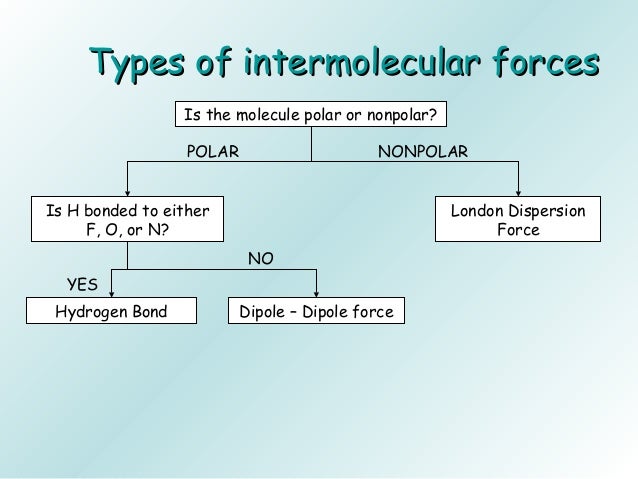

In most crude-oil/water emulsions, the water is finely dispersed in the oil.

This chapter considers emulsions of crude oil and the water or brine that is produced with it. The portion of the emulsion that is in the form of small droplets is called the internal (or dispersed or discontinuous) phase. The matrix of an emulsion is called the external (or continuous) phase. Emulsifying agents form interfacial films around the droplets of the dispersed phase and create a barrier that slows or prevents coalescence of the droplets. The stability of the emulsion is controlled by the types and amounts of surface-active agent and/or finely divided solids, which commonly act as emulsifying agents, or emulsifiers. This latter definition is the one used in this chapter, with apologies to the purists who would call these fine dispersions, rather than emulsions. In oilfield parlance, though, an emulsion is any liquid/liquid dispersion that does not readily separate. Strictly speaking, an emulsion is a heterogeneous liquid that consists of two immiscible liquids, one of which is intimately dispersed as droplets in the other.

BS&W content limits vary according to local conditions, practices, and contractual agreements, but typically range from 0.2 to 3.0%. Removing water from the stream decreases the salt content, but additional steps might be required to meet salt specifications. Purchasers limit these contents in the oil they purchase to reduce transportation costs, water treatment and disposal costs, and equipment corrosion. Salt and basic-sediment-and-water (BS&W) contents are important crude-purchasing requirements. Water content of the untreated oil varies from 90 vol%.
#Water no gravity london dispersio free
In a true emulsion, either the drop size must be small enough that forces from thermal collisions with molecules of the continuous phase produce Brownian motion that prevents settling, or the characteristics of the interfacial surfaces must be modified by surfactants, suspended solids, or another semisoluble material that renders the surface free energy low enough to preclude its acting as a driving force for coalescence.Įven in fields where there is essentially no initial water production, water cuts eventually might increase enough to make emulsion treatment necessary. Such dispersions commonly are referred to as emulsions, although many are not true emulsions. The shear forces disperse one liquid into the other with variations in drop size and stability that are related to the shear force encountered and the physicochemical nature of the production stream. The liquids are subjected to shear forces through pumps or other lifting methods, or are sheared as they pass through pressure-reducing devices in the production line. Most of the world’s oil reservoirs now produce a mixture of oil and water.


 0 kommentar(er)
0 kommentar(er)
